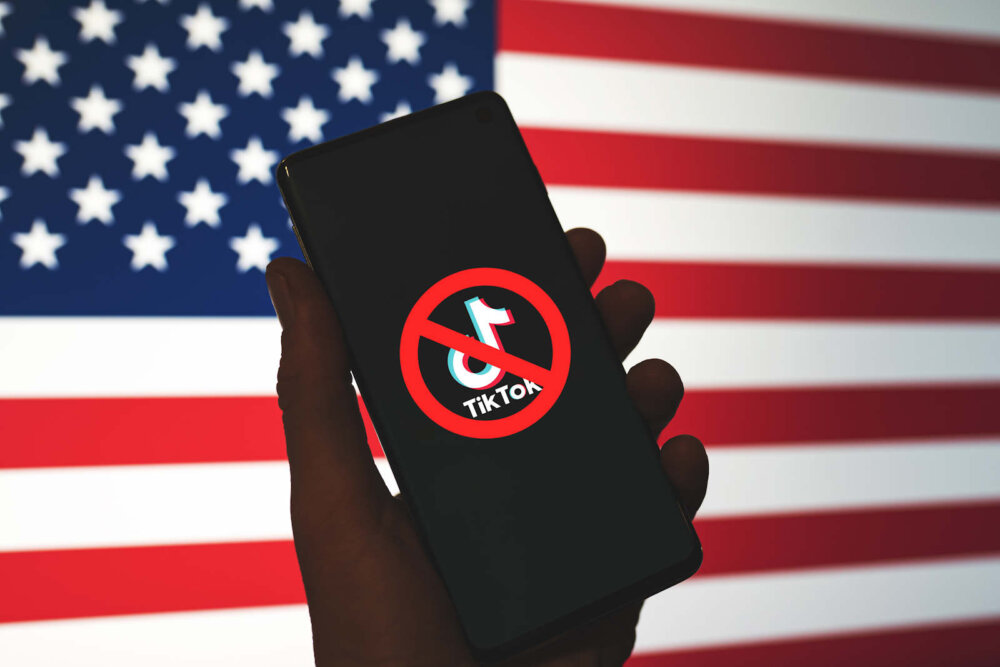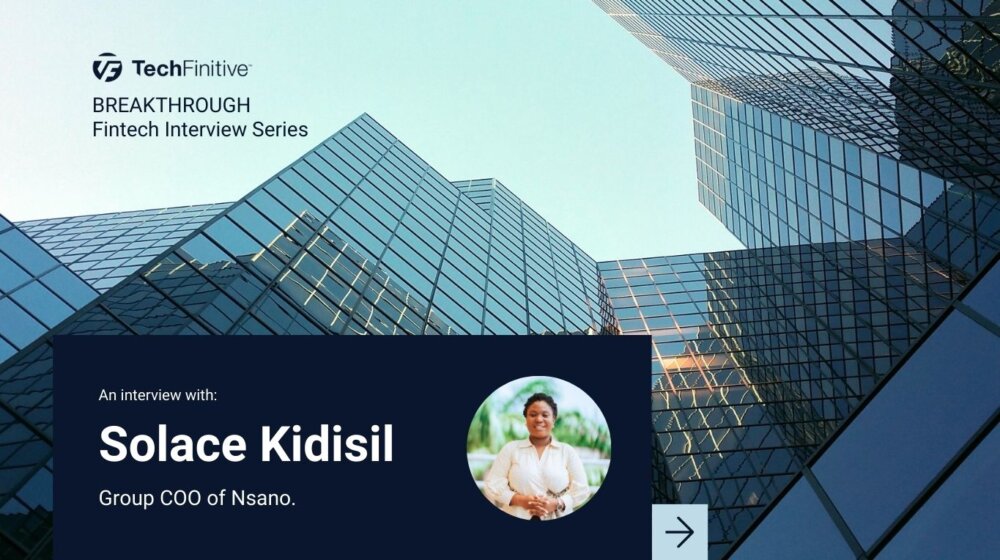
Why meetings in the Metaverse are ethical, productive and simply make sense
I’ve been looking professionally at what we now call Metaverse technologies since 2016. My goal was simple: to understand how best we can apply them to solve problems in the workplace. I soon discovered that all metaverse use-cases are bad. Except one: meetings in the Metaverse are actually great.
Don’t get me wrong. It’s pretty cool to fly through the galaxy of investment products, getting pulled into the orbit of a pension fund and see first-hand the environmental impact of that portfolio of companies. But is it valuable in any way? No. It’s just likely to make you feel sick.
Equally, is it a good use of your bank’s innovation funds to build an Unreal Engine rendering of a “branch of the future” to show your high-net-worth clients where your strategy is taking you? No. Those clients pay their bankers to come to them.
The Metaverse niche
There are some specialist use-cases for VR that can help in sensitive or risky situations.
One of these helps train police offers with how to better manage racial tension by giving them a virtual experience of what it’s like to be racially targeted. This doesn’t even come close to the horror of anxiety lived by many people each day, but it’s perhaps the only effective way of enabling someone to get a sense for what this experience might be like.
Equally, virtual experiences that help train fire-fighters on how to manage dangerous situations without ever being in harm’s way could actually raise the bar in terms of expertise levels facing real fires. Also, for the victims of fire, virtual environments representing cold scenes such as a snowy mountain-top have been shown to confuse the brain and dull the pain of burns.
But here’s the rub. All these use-cases are awesome, but for every one there are countless others that actively harm the adoption of this breakthrough technology.
gathering dust
You see, the difficulty most business stakeholders have with Metaverse technologies such as VR and AR is that they perceive them as being video games. 15 years ago, every company had a Nintendo Wii in the coffee area, and the CxOs of today were the managers that signed off on those purchases back then.
Wii Sports was great fun for a few months, then slowly the devices collected dust before being given away to that same manager’s niece or nephew the following Christmas. A single Wii can be shared with 50 colleagues, but if you kit out the office with 50 Meta Quest headsets, then who has that many nephews or nieces to give them all to next year?
This is why innovators face a tough problem with the Metaverse. It’s easy to get drawn into all the fun ideation conversations about how you can build virtual this and virtual that, but there is only one use-case that I’ve seen that will deliver. Not just on ROI, but to tie into company strategy. And all without the risk of the company investing in a whole heap of future e-waste.
And that use case is the most boring Metaverse of them all: meetings.
Metaverse meetings
If you’re like me then you might have upwards of 20 meetings in the week ahead on your diary on a Monday morning. Perhaps twice this number if you look backwards at the end of a Friday afternoon.
And I consider myself lucky. I work from home five days a week, perhaps only making one or two trips into the real world for in-person stuff each quarter.
Back in the days when I was an exec at a large financial firm, though, it was a different story. I was in the air at least once a week, and if I dared work from home my boss would assume that I was spending the day walking the dog. Of course, Covid has changed working norms, but there is one thing that still hasn’t changed – how business travel is justified.
cutting business flights
I’m currently planning a trip to the United States to visit a client. There is one meeting where I absolutely have to see them in person. It’s one of those make-or-break collaboration sessions, for which there is no virtual background imaginable that will help build the sort of relationship that I’m looking to create. I have to be there in-person.
At the same time, it’s a long way to travel to New York for an hour with a whiteboard. I’ll probably take the client to lunch. After all, buying food of another is a universal way of building bonds. But if I try and spend the day with them, I’ll quickly outstay my welcome and diminish what I set out to achieve.
So, as soon as my client meeting dates are set, I’ll start scouring through my CRM and look for other clients and prospects in New York. I’ll turn the trip into a roadshow. Perhaps I’ll get lucky and get a dinner in the diary, and a coffee in Bryant Park.
Perhaps Claire can’t meet me on the Tuesday, but if I can stay until Thursday she’s got a slot in the afternoon. Very quickly my hour of necessary collaboration has become a week of unnecessary socialising.
Of course, there is a lot to be said for being social; but if you factor the cost of a good hotel in Manhattan, then my trip suddenly necessitates a budget of $2,000 or more. Also, because I’m spending longer on the ground, that’s an extra few days of jetlag on either end to get through. An A380 might ride the jetstream at nearly the speed of sound, but your soul still travels at the speed of a camel.
What if…
But what if that whiteboard with the client could be done virtually? (You see, I was being a tad disingenuous earlier when I said I have to be there “in person”.)
Well, thanks to apps like Horizon Workrooms and Spatial, the effectiveness of a virtual white-board collaboration session is almost just that of being there in person. Sure, some people scoff that I won’t have legs in VR, but who spends their time looking at the legs of the people they are whiteboarding with? Certainly not in my profession!
There is much about Mark Zuckerberg’s organisation that I have a strong distaste for, but his embrace of metaverse technology is astute and I applaud him for it.
The financial argument speaks for itself: the cost of one of his VR headsets is the price of a Manhattan hotel for a single night. Even buying a headset for my client in New York and offering a couple of hours to show her how to use it is a better investment of my time and firm’s money than the cost and time of travel.
Environmental effects
It’s also the sustainable option. It’s true that VR headsets are worse than smartphones in terms of their environmental impact, both in terms of production impact and energy cost of running them. But saving a single return flight to New York dramatically outweighs the impact of the device.
I now regularly conduct business meetings in VR, and while adoption hasn’t been perfect in each case, the technology is incredibly effective when we get it right. And there’s the additional pleasure that we’re doing all this in a more sustainable way.
So if you’ve got an international business trip that really can’t be done on Zoom, then think hard about whether you’d achieve the result in VR. And if you’re an innovator that’s tasked with finding a use-case for VR, then look no further than your very next meeting.
Read James O’Malley’s verdict: It’s not completely crazy to believe in the Metaverse
NEXT UP

Slow buyers cause tech firms to rethink sales approaches as tough Q1 hits home
New research suggests tech sales were slow in Q1, with buyers of technology and professional services taking their time before committing to any solutions.

ByteDance says it has no plans to sell TikTok and refuses to bow to US pressure
ByteDance, the Chinese company that owns TikTok, stated that it “doesn’t have any plans to sell TikTok” on Toutiao, a social media platform that it also happens to own.

Solace Kidisil, Group COO of Nsano: “The difference between traditional finance and fintech is the questions we ask”
We interview Solace Kidisil, Group COO of Nsano, a fintech company from Ghana, offering digital payment solutions across Africa
